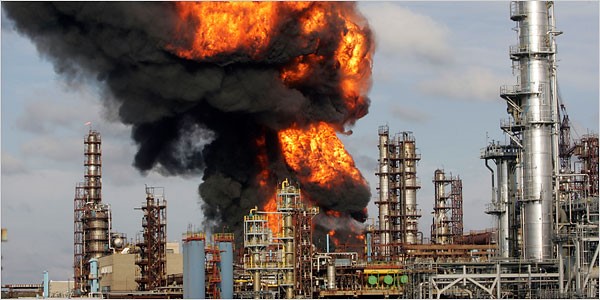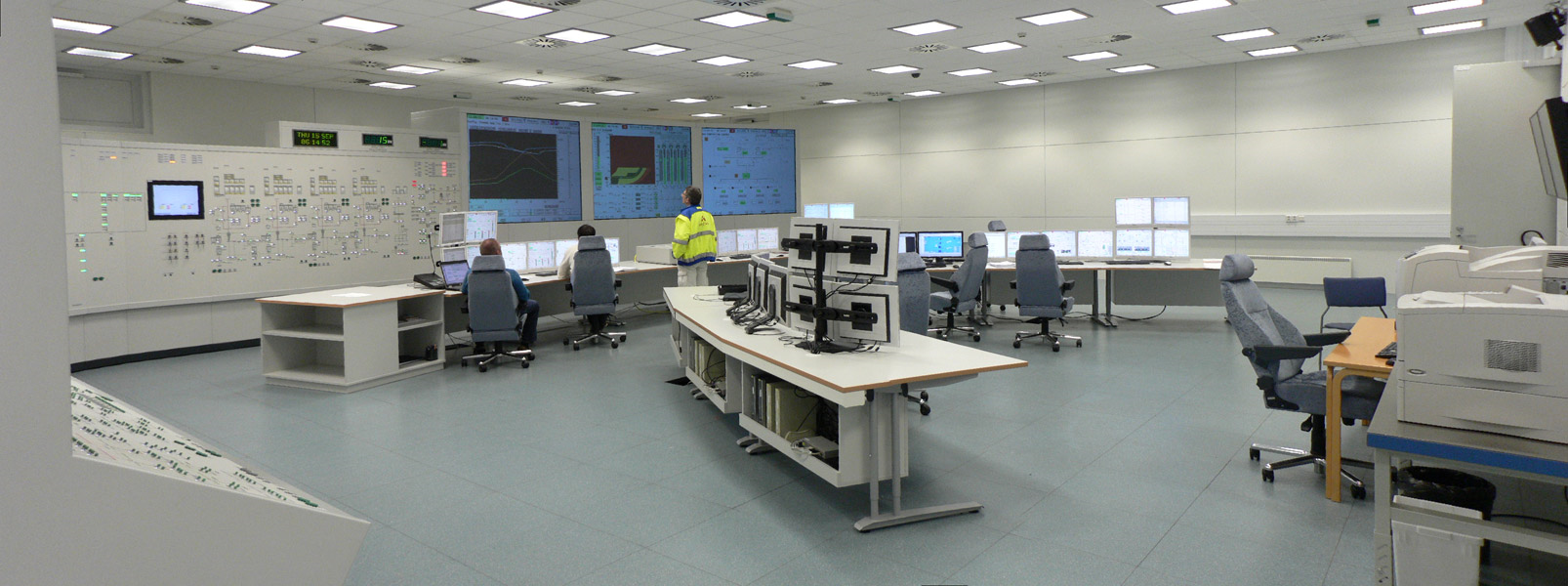

The actual ROI of many OTS projects turned out to be better than calculations made before the project had indicated. One reason for this is the difficulty in estimating the ROI for these types of projects and the omission of important secondary benefits from the calculations. Computing an accurate ROI is hard to do, so here are some tips.
Like training a pilot or a doctor, the main benefit for training plant operators in hazardous processes is to reduce the risk of an accident. Competence is required to anticipate impending hazards and act early based on situational awareness. Understanding the fundamental behavior and the specific details of an operating plant, an aircraft, or a patient are essential for a favorable outcome. Effective training can both reduce the likelihood of an accident happening and the damage caused by an upset or abnormal situation.
The statistical term “Expected Value is computed from the estimated frequency of an accident happening and the estimated cost of each accident. Both figures are hard to estimate and, to make matters worse, you need to estimate them with and without operator training to see what the impact of that training would be. The “Expected Value” is the long-term average of multiple experiments. One would multiply the probability of an accident times the cost of an accident for every day a plant runs. Both probability and cost must be estimated, and the reduction in the accident probability because of a training program is also hard to estimate. The following examples include some useful hints.

We do know that, worldwide, many accidents happen every year, and the cost of those accidents average many billions of dollars annually. We also know that, in many cases, lack of proper operator and maintenance training are cited as underlying causes. If a well-managed, simulation-based training program could reduce accident damages by only 10%, it would justify implementing a 1$ Million simulation-based training system at every hazardous facility in the world. It is wishful thinking that an expensive accident cannot happen at a facility that handles dangerous materials. Loss of life, environmental damage, equipment damage, and loss of production does vary by facility. The most expensive accidents have been at nuclear facilities, with Chernobyl #1 and Fukushima #2 sustaining many hundreds of billions of dollars in damages, but oil and chemical facility accidents have also been very expensive often resulting in tens of billions of dollars in losses for a single accident.
There are many secondary benefits for OTS systems besides reducing accidents.
We have never seen an OTS project that did not find control system improvements. OTS systems development and training programs invariably lead to modifying safety trips, alarm management (including alarm rationalization), operator displays, operator messages, override and regulatory controls, controller tuning, APC, and identifying where actual field instruments work differently than the idealized simulation version. There is no more effective way to test a control system than by using an OTS. This can lead to better compliance to control system standards, or development of such standards if they are missing.
OTS development and use lead to insight into process modifications. Such insights can reduce safety risk, reduce bottlenecks, and improve product quality
The development and use of OTS can help identify and plan maintenance issues. Maintenance staff can use the simulation to learn how to plan for maintenance by coordinating with the control room operator. Statistically, most accidents occur during plant maintenance.
Paying such attention to staff training empowers process engineers, control engineers, and operators to better contribute to the organization by improving confidence and job satisfaction.
So far, we have only been computing the return or benefit part of the equation. The cost part is equally important and there are many factors to consider here.
Can steady-state process design models be used to create the dynamic process models? This could save a lot of labor.
Are there cost-sharing measures like using the dynamic simulation to test a new control system during an FAT? In other words, can the control system project assume some of the costs for developing the OTS?
Does the control system supplier support a virtual dynamic version of the control system, complete with the HMI, alarm handling, and any special console equipment like touch screens, alarm panels, or other special console equipment or cabinetry?
Do many field control panels need to be included in the simulation? If so, how complex are these items? Do you have a lot of equipment like vibration management, local level or pressure controls, package control units for boilers, filters, filters, utility functions, and chemical supply? Simulating these local control systems adds to the cost.

The bottom line is that training programs that include an OTS can help ensure your plant is operating as safely as possible, with high productivity, and improved confidence, teamwork and morale. ARC recently produce a market analysis report for OTS systems https://www.arcweb.com/market-studies/operator-and-immersive-training-simulators.For more information on this technology and our supplier selection guide, or to discuss how we can help you, please contact us.

